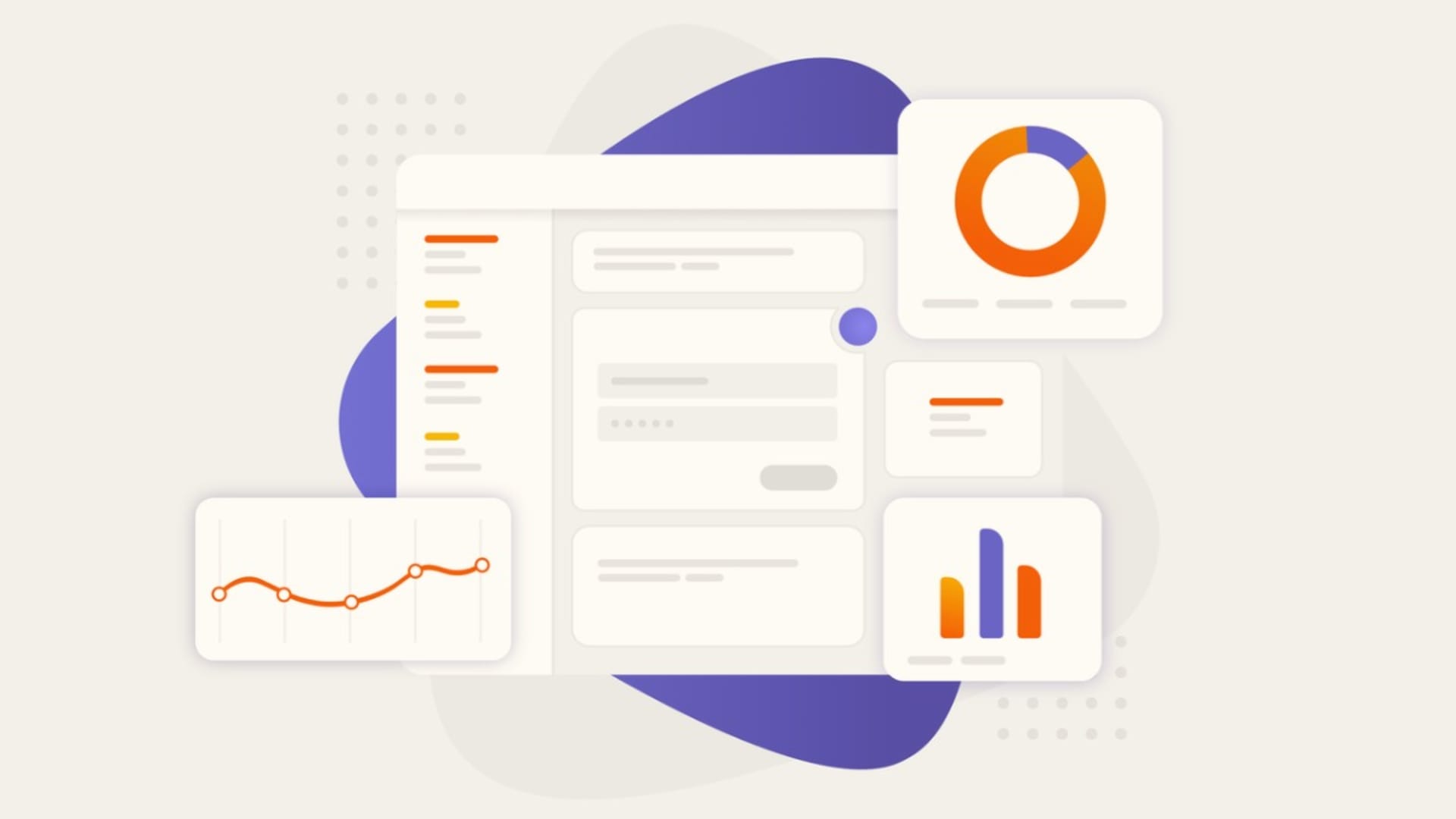If your company has a crew of in-house software engineers, they probably create software to sell, to use only by the company, or both. Either way, that software is most likely in a constant state of evolution. This is especially so, given how quickly every business on the planet must remain agile and ready to pivot at a moment’s notice.
So the software that powers your company must also be flexible but that’s not all. It also must work. It also must be user-friendly.
Unfortunately, it’s that last bit that seems to elude some companies. Because of this, there’s a lot of software out there that frustrates end-users to no end.
It doesn’t have to be that way. In fact, with one consideration you can vastly improve the experience of your software. Experience is the key term here. Why? Because we’re talking about UX.
What Is UX?
To put it in simplest terms, UX is the User Experience. This is a concept that should stand at the absolute heart of your software design chain. In fact, every single software design meeting should begin with a discussion on the User Experience.
Why? Because it is the key to successful software.
At its most basic, UX is actually a fairly simple concept to understand. By definition, UX is how a person feels when interacting with software. The software can be anything—a website, a web application, a mobile application, a desktop application, an operating system, or even a touch interface on a refrigerator.
Those interfaces can be written in Java, JavaScript, Python, PHP, .NET, or just about any programming language. Regardless of the language, considerable thought and planning must be put into the UX of your software. If you fail that one task, users will find your software doesn’t fulfill their needs and will leave them with a negative opinion about your application, which could lead them to your competition.
What Makes for a Good UX?
A good UX consists of a few pieces. First, the user interface must be easy to use. That means your developers and designers must create an interface that is logical and intuitive. Users shouldn’t have to navigate a maze of complex menus to find the setting or control they need. But it goes well beyond an easy-to-navigate set of menus.
In fact, the Nielsen Norman Group (a well-regarded source for UX design) developed 10 general principles, called Usability Heuristics. Those principles are often referenced for creating a solid UX. The principles are:
- Visibility of system status (users are always aware of what the software is doing).
- Match between system and the real world (the software interface should use common terms and not tech jargon).
- User control and freedom (when a mistake happens, give the users the control to undo them).
- Consistency and standards (stick with conventions that work and don’t always reinvent the wheel).
- Error prevention (prevent errors from occurring at all costs and provide feedback when they do).
- Recognition rather than recall (make sure options are clearly visible and not hidden in a maze of menus).
- Flexibility and efficiency of use (design for both the novice and the experienced users, while providing ways to speed up workflows for those familiar with the system).
- Aesthetic and minimalist design (keep the interface elements at a minimum so you don’t overwhelm users).
- Help users recognize, diagnose, and recover from errors (when an error happens, empower the users to better understand what happened).
- help and documentation (ensure help is easily accessible, well documented, and written in such a way that any user will understand).
If you follow the above criteria, your UX will vastly improve.
Why Should You Consider UX a Priority?
Another issue centered around UX is knowing your audience (a.k.a. users). By understanding who your users are, you’ll be more capable of designing a User Experience tailored to meet (and exceed) their needs. When you do that, user loyalty will grow. When your user loyalty grows, your business succeeds.
It’s in that exchange, where you begin to better understand your user base, that your business can create software that offers the best possible UX. And in offering the best possible UX, consumers will better trust your company. That is a model every business should strive for, one that is self-fulfilling.
But it takes time because you must get to know of your users:
- What motivates them (ease of use, modernity of design, popularity).
- Their demographics (age, location, education status).
- Their personalities (the types of music they listen to, do they play games, are they influencers within their community).
- The common traits they share (platforms used, how much they interact with other users, their dependency on things like the cloud).
- The economic status (how much they are willing to spend on software).
Another reason to place a priority on UX is that it simply makes your software better all around. When you seriously consider the User Experience, the end result is an application that is easier to use, more reliable, and more readily consumable. That final point equates to more people wanting to use your product.
Consider this. When Android was first released, it struggled mightily to gain traction. Out of the gate, it had a tough row to tow, as it was up against the iPhone (which had gained instant and global popularity). Like so much of what Apple produces, the iPhone interface had an incredible UX. Even the first iteration of the platform was easy to use. Android, on the other hand, suffered from a poor UX and massively underpowered hardware.
It didn’t take Google long to revisit Android’s UX and realize it needed serious improvement. The next few iterations of the platform improved exponentially (such as Android 1.5 introducing its first on-screen keyboard, the necessary framework for third-party app widgets, and its first option for video recording).
Like Google, your business should turn to users to find out what they need and want from your software. Why? Because unless you have a UX expert in-house, you should never rely on developers to design and hone the user experience. UX is a specialty skill completely separate from programming, and software engineers don’t generally have the time to sit down with a user to find out what elements of their software are confusing, overly complicated, or just don’t work as expected.
To that end, your company should hire a UX specialist. With someone in-house to take on that task, your software will greatly improve, leading to a far more positive experience on the part of the users, which will (in turn) translate to more customers and an improved bottom line.
Conclusion
If you need a single reason to refocus your efforts on User Experience, it’s because it will improve everything, from user perception to profit. What more incentive do you need to hire a UX specialist?






